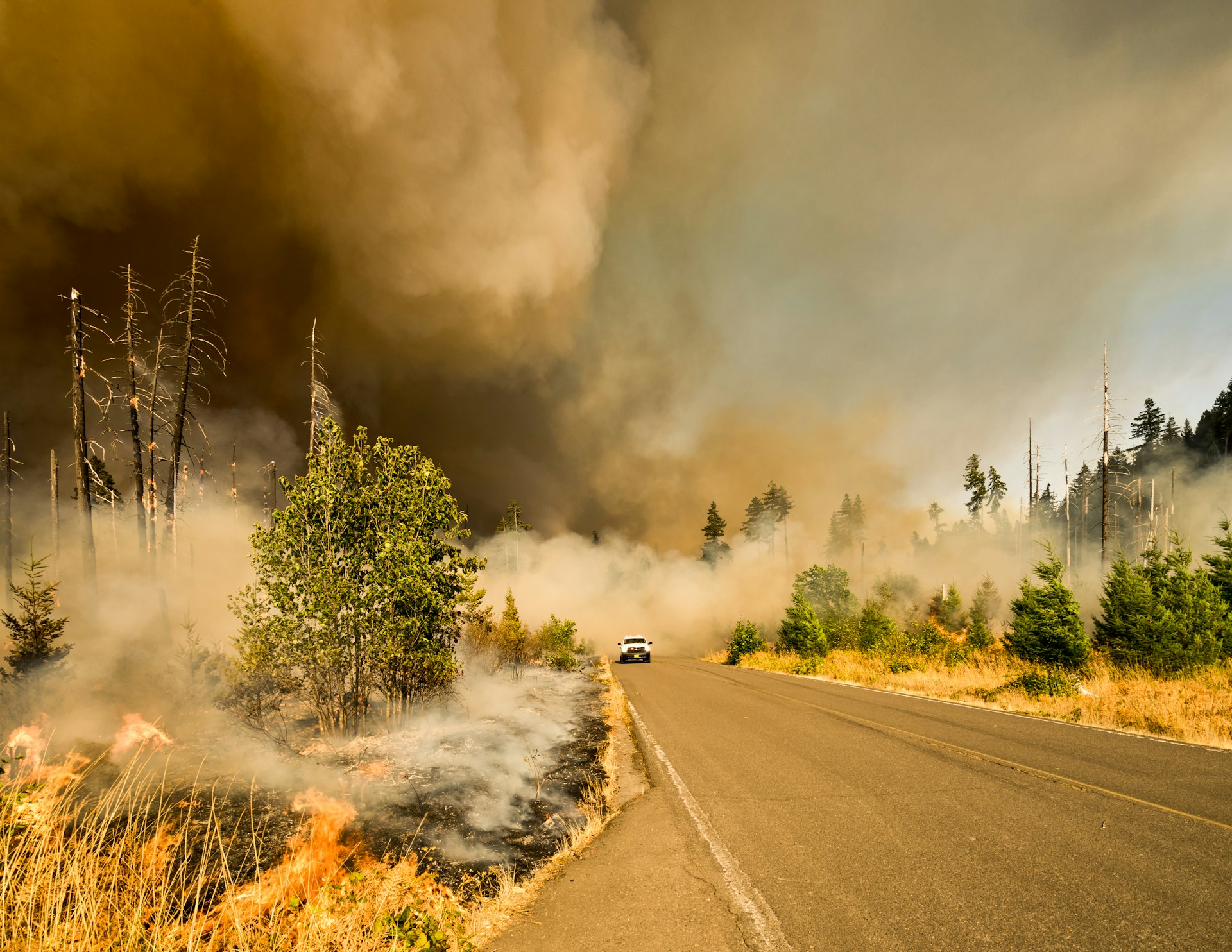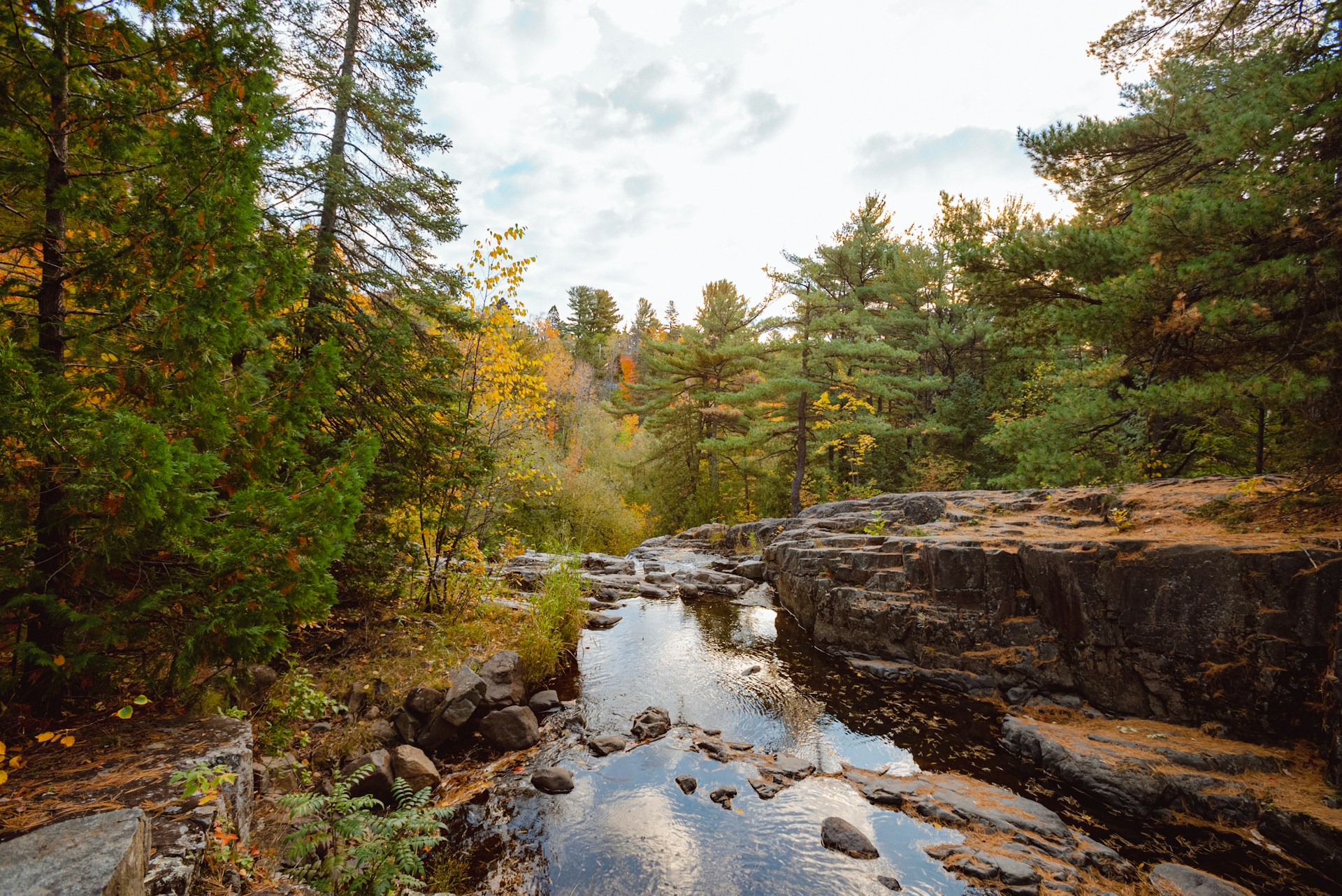Preparedness
Master Wildfire Defense With These Home-Saving Strategies

In the face of increasing wildfire threats, safeguarding your home is more crucial than ever. Wildfires, with their unpredictable nature, can devastate properties in mere moments. However, understanding how fires ignite homes and taking strategic measures can significantly enhance your property’s resilience.
Research highlights that embers and small flames are the primary culprits in home ignitions during wildfires. These embers, essentially burning fragments of wood or vegetation, can be carried by the wind for over a mile, sparking spot fires and igniting structures. Creating a wildfire-defensible zone is a proactive way to protect your home from these threats.
Two critical factors determine a home’s ability to withstand a wildfire: the quality of defensible space around it and its structural ignitability. Together, they form the Home Ignition Zone (HIZ), which encompasses the structure and its immediate surroundings. The goal is to minimize or eliminate fuels and ignition sources within this zone.
Defensible space is a modified area around a structure designed to reduce fire hazards. By treating, clearing, or reducing natural and manmade fuels, you can slow the spread of wildfire. This approach not only protects your home but also prevents a structure fire from spreading to neighboring properties or forests.
Developing effective defensible space involves creating management zones around each building on your property, including garages, barns, and other structures. The design of these zones depends on factors such as the size and type of vegetation present.
The first zone, extending from the home to five feet out, is critical. It is considered a non-combustible area, highly vulnerable to embers. Immediate actions in this zone include:
“Clean roofs and gutters of dead leaves, debris and pine needles that could catch embers.”
“Replace or repair any loose or missing shingles or roof tiles to prevent ember penetration.”
“Reduce embers that could pass through vents in the eaves by installing 1/8 inch metal mesh screening.”
The next zone, spanning five to thirty feet from the home, focuses on landscaping and hardscaping to influence fire behavior. Key strategies include:
“Keep lawns and native grasses mowed to a height of four inches.”
“Remove ladder fuels (vegetation under trees) so a surface fire cannot reach the crowns.”
Finally, the outer zone, extending thirty to one hundred feet (up to two hundred feet), aims to interrupt a fire’s path and keep flames low. Recommendations include:
“Remove vegetation adjacent to storage sheds or other outbuildings within this area.”
“Trees 30 to 60 feet from the home should have at least 12 feet between canopy tops.”
Incorporating goats into your fire mitigation strategy can be particularly effective in challenging terrains. Goats, unlike sheep, are browsers and will naturally prune brush and low tree branches. This behavior aligns with recommended fire prevention practices. A study from the University of Massachusetts Amherst found that alien grasses, which goats tend to consume, can significantly increase wildfire frequency.
“If you throw a bunch of matches into a forest, some small percentage of them might actually start a fire,” explains Bethany Bradley, professor of environmental conservation at UMass Amherst. “But if you throw a bunch of matches into a big hay pile, there’s a good chance that many of those will catch fire.”
To further bolster your home’s fire resistance, consult state and local fire professionals. They can assess your property’s vulnerability and recommend improvements. For new constructions, consider using fire-resistant materials for roofing and siding. A simple metal roof without dormers is ideal, as it sheds embers effectively.
In conclusion, while wildfires pose a significant threat, taking informed and proactive steps can drastically improve your home’s chances of survival. By understanding the dynamics of fire and implementing these strategies, you can protect your property and contribute to a safer community.
Let us know what you think, please share your thoughts in the comments below.

Preparedness
Beat the Heat Naturally: Old-School Cool Tips

As temperatures rise during the hottest months, staying comfortable without relying on air conditioning can seem daunting. However, there are several effective strategies to keep cool that have been used long before air conditioning became commonplace.
One of the simplest methods is to air out your home during the cooler evening hours. “In the evening as soon as the outside temperatures have dipped below the temp in the house open up the windows and doors and let the house air out.” If safety allows, consider leaving them open throughout the night to maximize airflow.
When morning comes, it’s crucial to close up the house to trap the cool air inside. Shut all windows and doors and draw the blinds. Incorporating blackout or heat-reflecting curtains can significantly help maintain a cooler indoor environment. Additionally, keeping interior doors to the hottest rooms closed can prevent heat from spreading.
Limiting how often you open doors during the day can also help maintain the cool air within your home. If you need to go in and out, try to use doors on the shady side of the house. This simple step can make a noticeable difference in preserving a cooler atmosphere indoors.
These tips not only help you stay comfortable during the sweltering summer months but also promote a more energy-efficient lifestyle. Whether you’re new to the concept of preparedness or an experienced prepper, these strategies can enhance your ability to manage in extreme weather conditions without relying on modern technology.
Let us know what you think, please share your thoughts in the comments below.
Preparedness
Discover Hidden Water Sources in the Wild with These Tips

In the wilderness, finding water is crucial for survival. Even with the best purifying equipment, it’s useless if you can’t locate water to purify. Here are five methods to help you find water in the wild, each adaptable to your specific situation.
First, utilize your senses. Slow down and listen for the distinctive sound of running water. This sound can often be heard from a considerable distance, guiding you to a potential source. Clear running water is ideal, but its suitability depends on the filtration and purification methods you have at your disposal.
Next, observe the vegetation around you. Head towards areas with lush, green plants. The greener the vegetation, the closer you are likely to be to a water source like a creek or stream. As you approach, you may even notice an increase in humidity, signaling that water is near.
Animal behavior can also be a valuable guide. Animals need water to survive, and where they are, water is likely nearby. “Insects, for instance, can often lead you to sources of water you’d never see otherwise.” Bees, for example, need freshwater regularly, meaning their nests are usually within a couple of miles of a water source. Ants might lead you directly to water; if you notice a line of ants climbing a tree, they might be accessing water that has soaked into the wood.
Birds provide another clue. “Birds will tend to guide their flocks towards water,” so observing their flight patterns can be informative. Flocks flying close to the ground are often heading towards a water source. However, not all birds are reliable indicators. Carnivorous birds, such as hawks, have large ranges and obtain moisture from their prey, so their presence doesn’t necessarily indicate nearby water. Similarly, waterfowl like geese and ducks are not reliable indicators as they travel long distances between water bodies.
Finally, consider the behavior of mammals. While not always a sure bet, “looking for well-worn animal trails can be a good idea.” Some mammals, like pigs, tend to stay close to water sources. Following their tracks could lead you to water.
In the wilderness, resourcefulness and observation are your best allies. By using these methods, you can increase your chances of finding water, ensuring your survival in challenging environments.
Let us know what you think, please share your thoughts in the comments below.
Preparedness
Unlock Survival Secrets Beyond Stockpiling Essentials

When it comes to long-term survival, many people equate preparedness with stockpiling essentials like food and weapons. However, true preparedness encompasses a broader range of skills that go beyond merely accumulating resources. In the event of a crisis, such as an electromagnetic pulse (EMP) event, our ability to rely on traditional skills becomes crucial. These are skills our grandparents likely possessed, but many of us today have never had the opportunity to practice.
One of the fundamental skills for self-reliance is cooking from scratch. The ability to prepare meals using basic ingredients, rather than relying on pre-packaged or canned foods, is invaluable. In times of emergency, when eating out is not an option, those who can cook from scratch will have a significant advantage. As the source material notes, “learning how to cook from scratch is something you cannot afford to ignore.”
Healthcare skills are equally important. In today’s world, it seems that a trip to the doctor is the go-to solution for even minor ailments. However, previous generations knew how to manage their health without relying on doctors and pharmaceuticals for every issue. Learning how to care for yourself and your family without medical intervention can be a vital survival skill.
Growing and foraging skills are essential when store shelves are empty. Gardening and farming require more than just planting seeds; they demand knowledge and physical endurance. Additionally, knowing how to identify and safely forage wild edibles can provide a much-needed food source. As the source material suggests, “learning some of the basics of gardening and foraging now could give you a little head start.”
Sewing skills offer another layer of self-sufficiency. When shopping for clothes is no longer an option, knowing how to make or repair garments becomes crucial. Sewing, along with related skills like spinning, weaving, and knitting, not only allows for clothing repair but also provides opportunities for bartering.
Working with livestock also demands a specific set of skills. Handling animals safely and providing them with medical care can ensure they remain healthy and productive, whether for meat, dairy, or fiber. Even chickens can pose a risk if not managed properly, highlighting the importance of livestock handling skills.
For those who consume meat, hunting, trapping, and butchering skills are indispensable. Procuring meat without relying on grocery stores requires knowledge of various hunting methods and the ability to butcher animals properly to maximize the meat’s utility and safety.
Carpentry and construction skills round out the list of essential survival skills. While building an entire house may not be necessary, the ability to construct or repair simple structures, such as sheds or livestock buildings, is invaluable. These skills also extend to basic home repairs, ensuring a safe and functional living environment.
This is by no means an exhaustive list, but it serves as a starting point for evaluating and expanding your skill set. As the source material advises, “keep learning and adding to your skills bank.” Local community colleges and county extension offices often offer classes in a wide range of practical skills, from backyard chicken keeping to furniture building, often at little to no cost.
Incorporating these skills into your life not only enhances your preparedness but also enriches your ability to thrive in any situation.
Let us know what you think, please share your thoughts in the comments below.
-

 Tactical1 year ago
Tactical1 year ago70-Year-Old Fends Off Intruder with Lead-Powered Message
-

 Tactical1 year ago
Tactical1 year agoVape Shop Employee Confronts Armed Crooks, Sends Them Running
-

 Preparedness11 months ago
Preparedness11 months agoEx-Ballerina’s Guilty Verdict Sends Tremors Through Gun-Owner Community
-

 Preparedness9 months ago
Preparedness9 months agoGood Samaritan Saves Trooper in Harrowing Interstate Confrontation
-

 Tactical1 year ago
Tactical1 year agoMidnight SUV Theft Interrupted by Armed Homeowner’s Retaliation
-

 Survival Stories2 years ago
Survival Stories2 years agoEmily’s 30-Day Experience of Being Stranded on a Desert Island
-

 Preparedness10 months ago
Preparedness10 months agoArizona Engineer’s Headless Body Found in Desert: Friend Charged
-

 Preparedness10 months ago
Preparedness10 months agoBoy Saves Dad from Bear Attack with One Perfect Shot